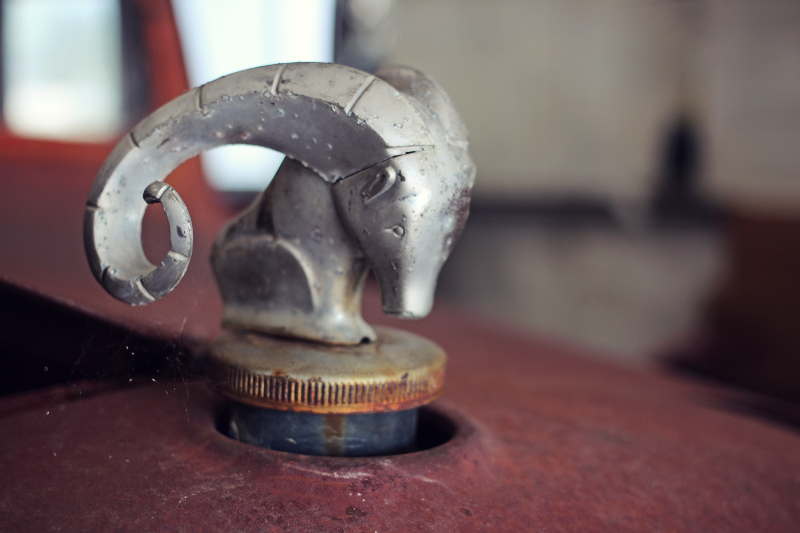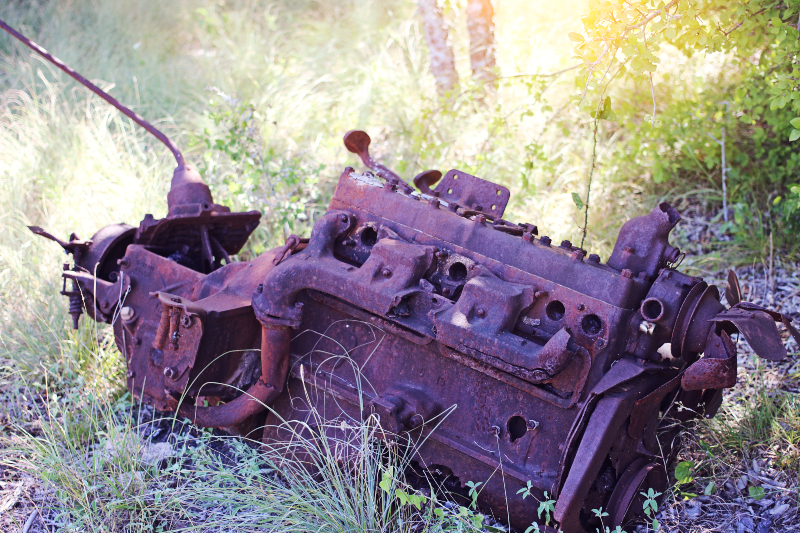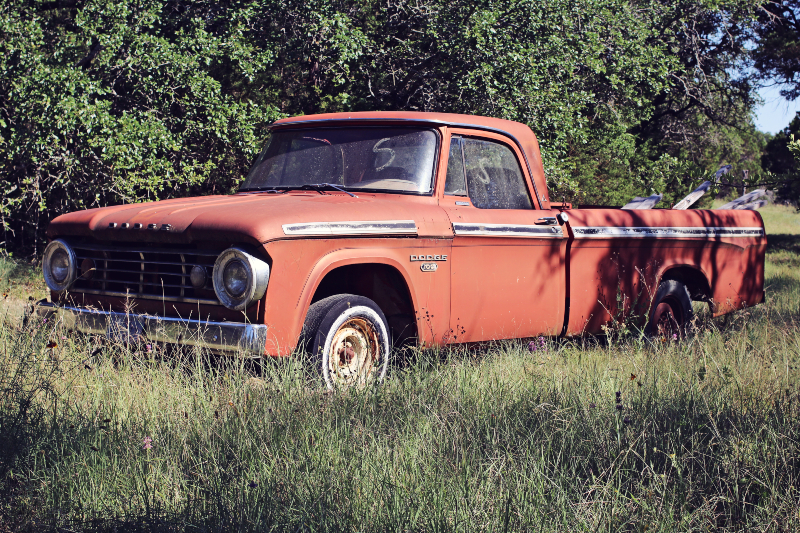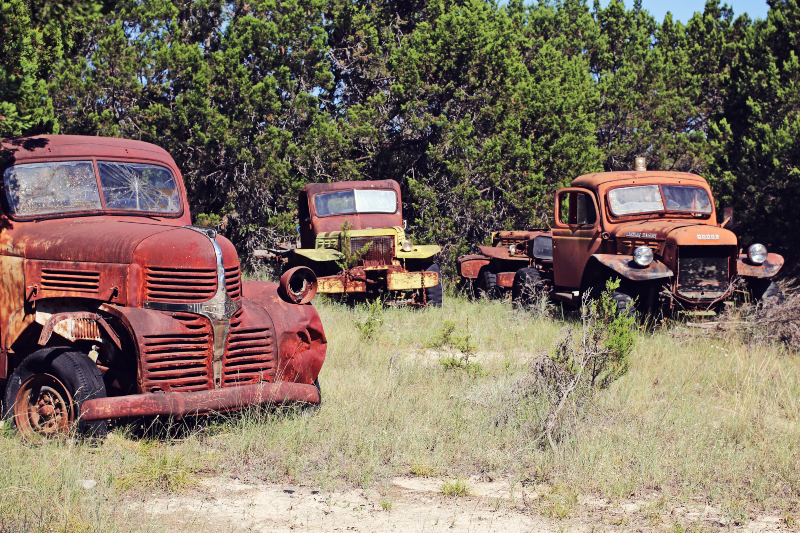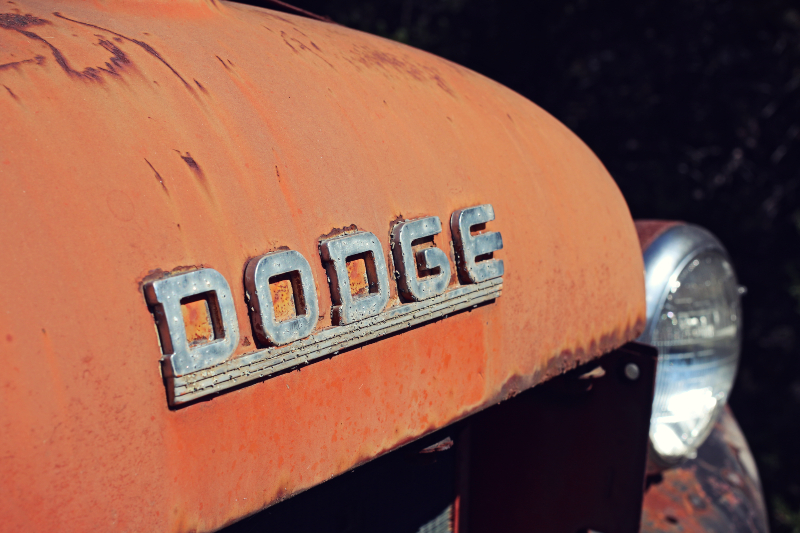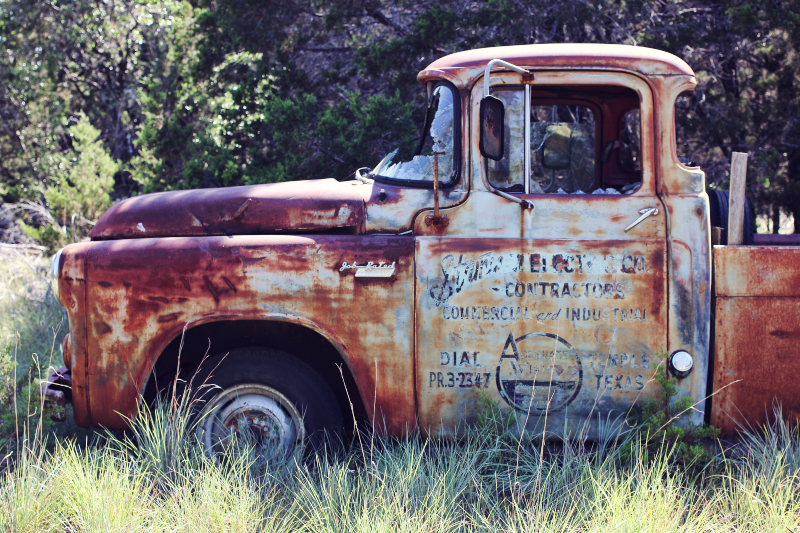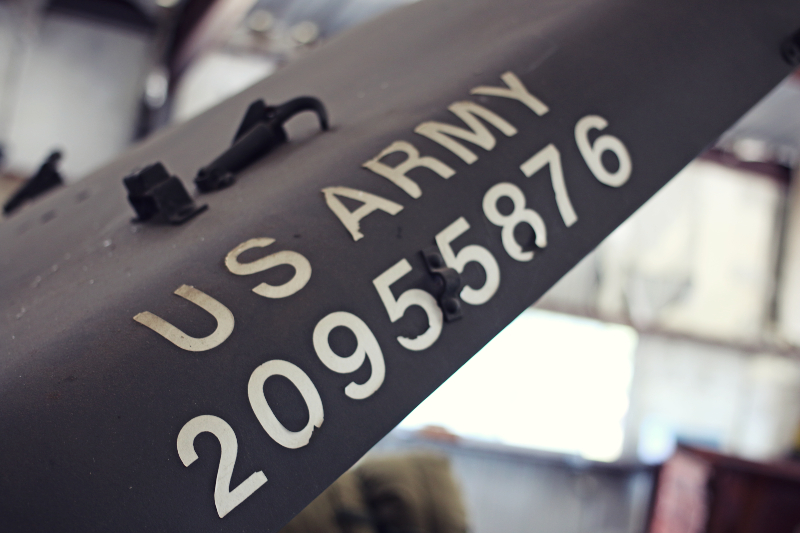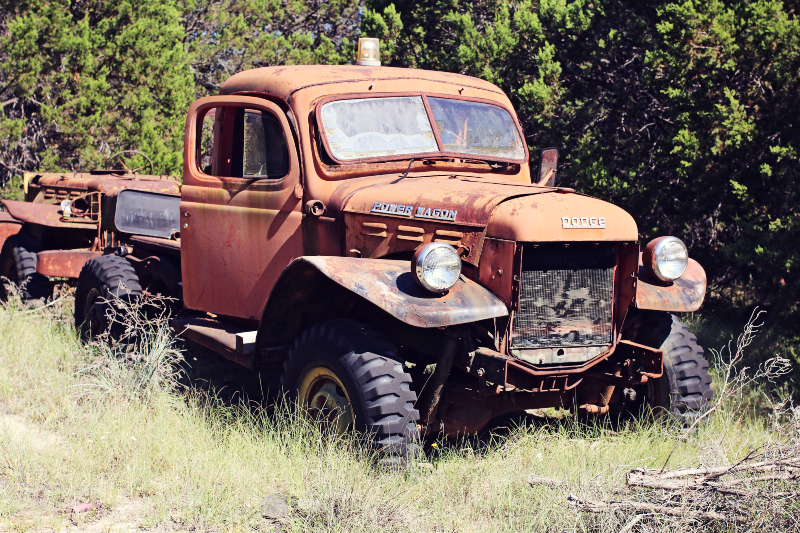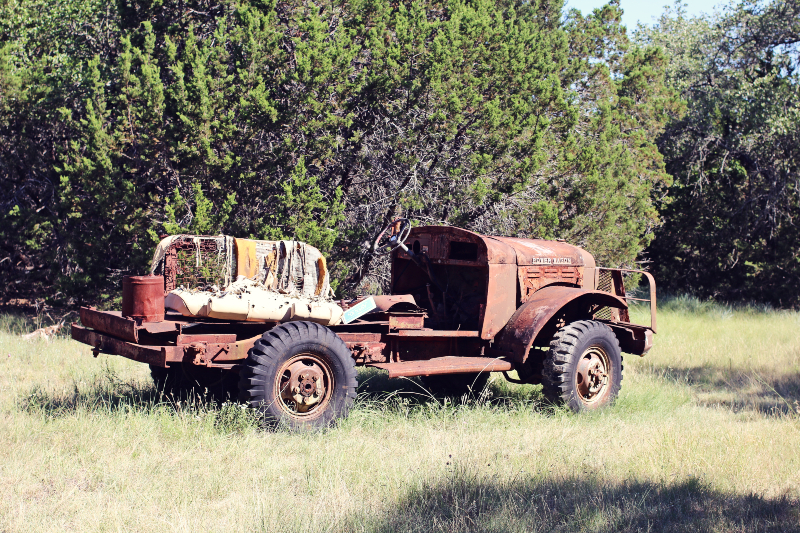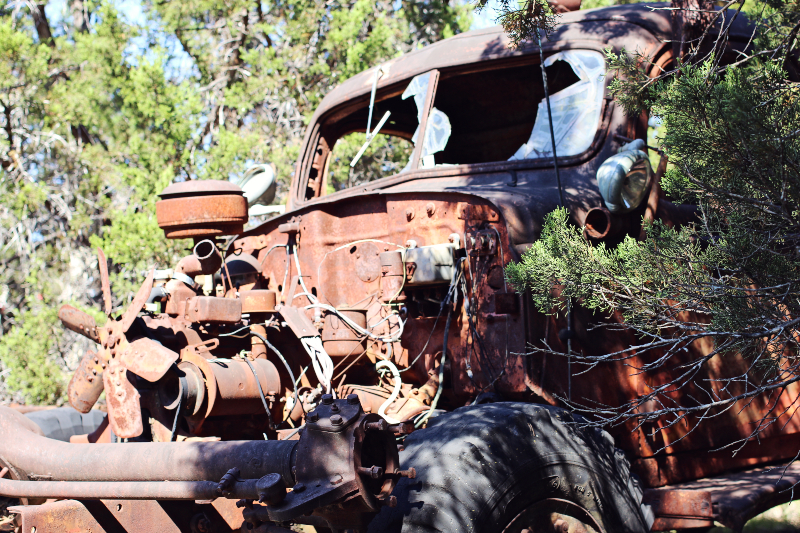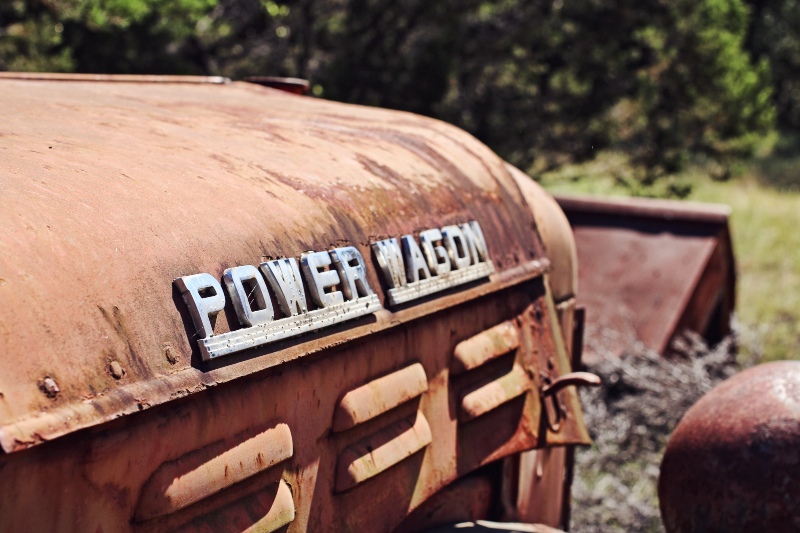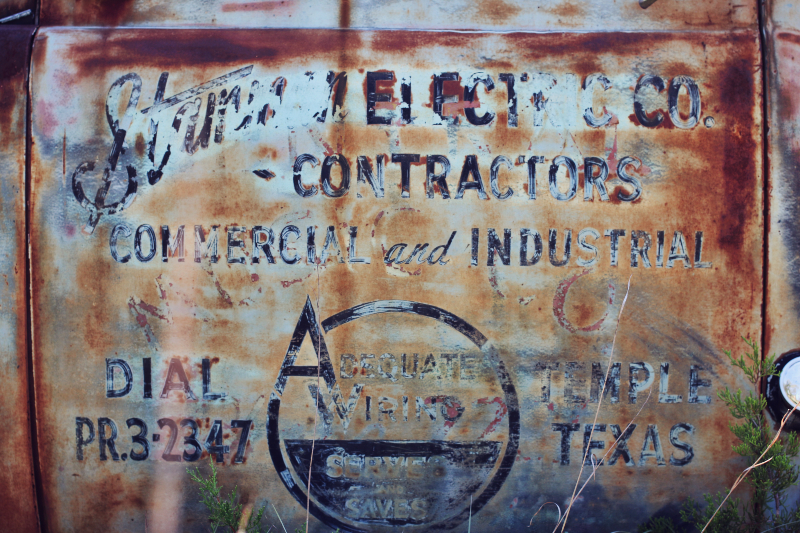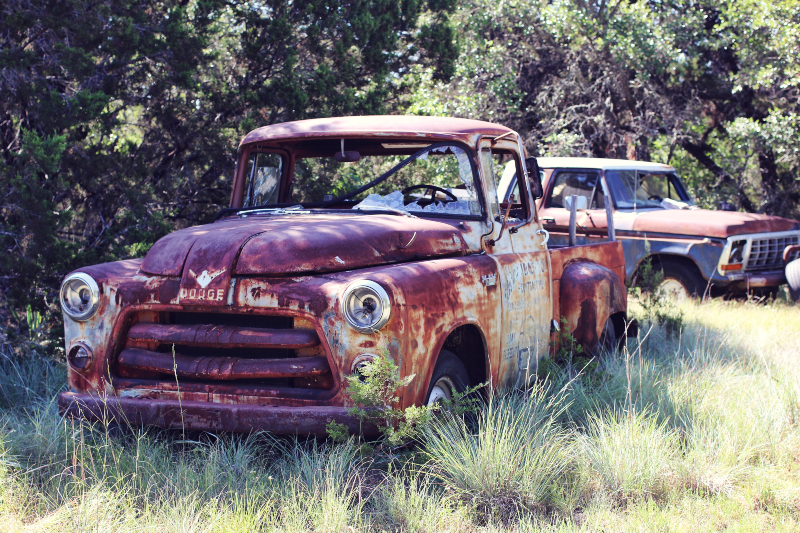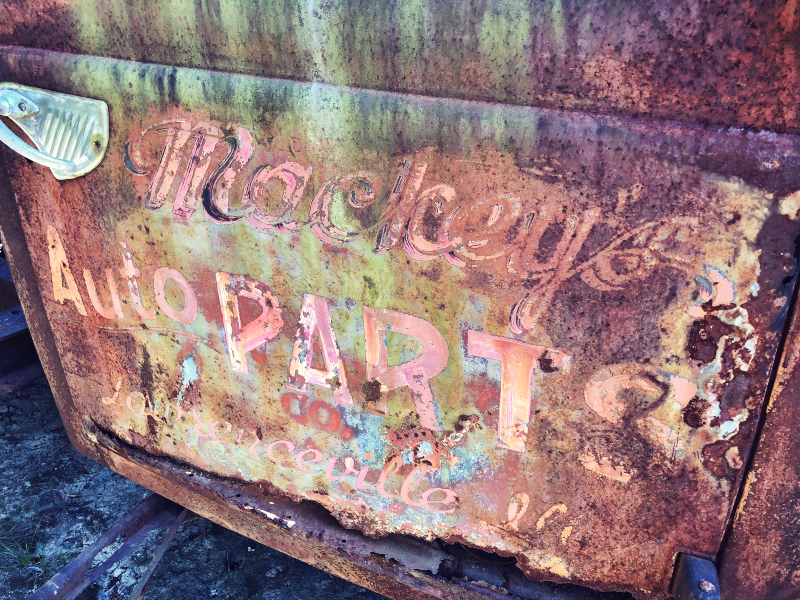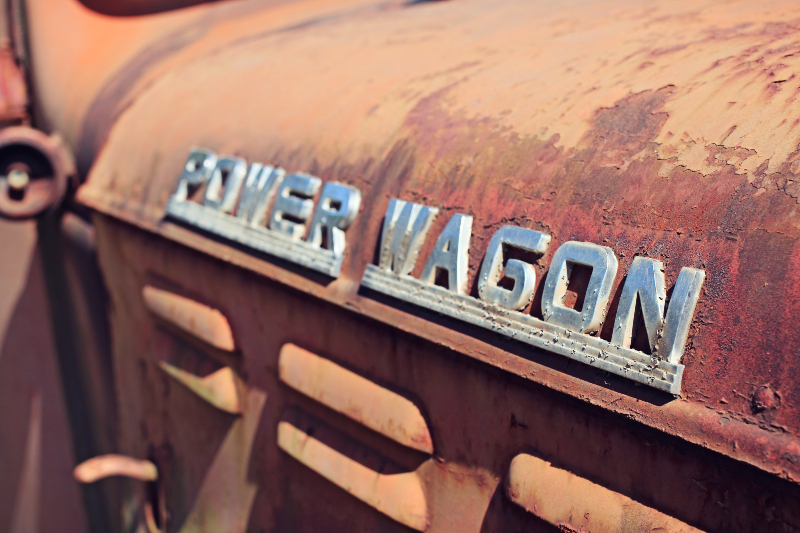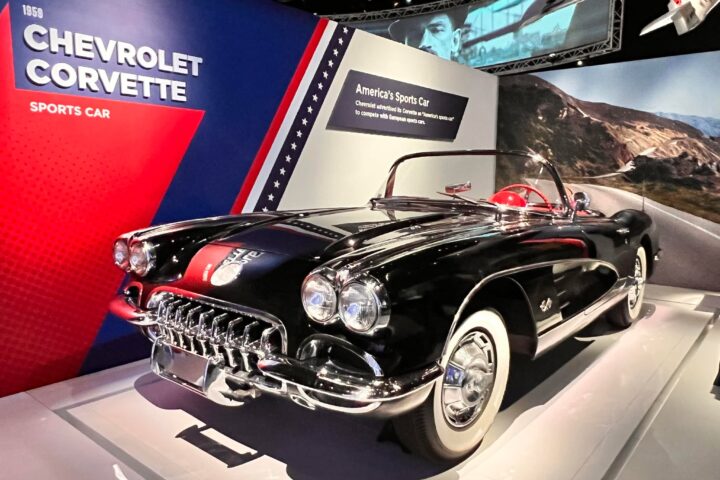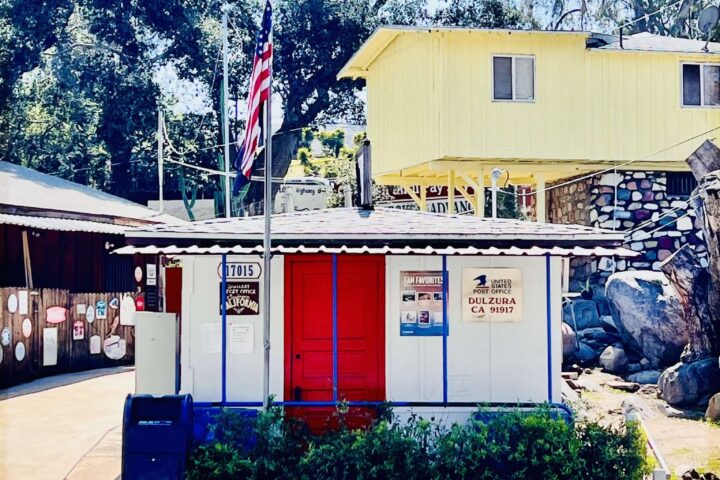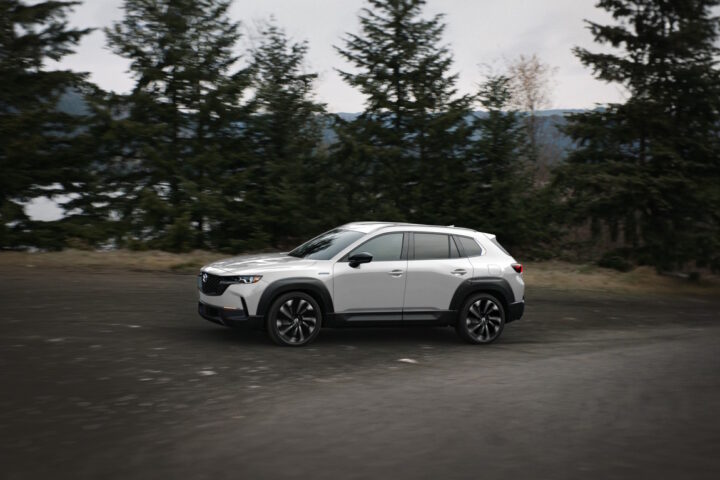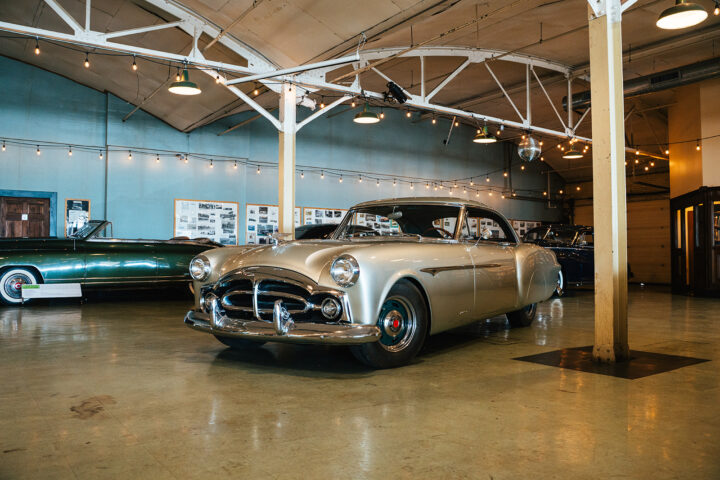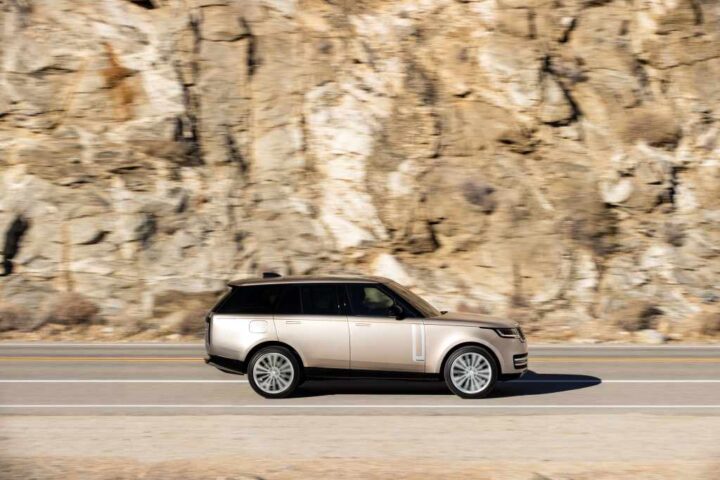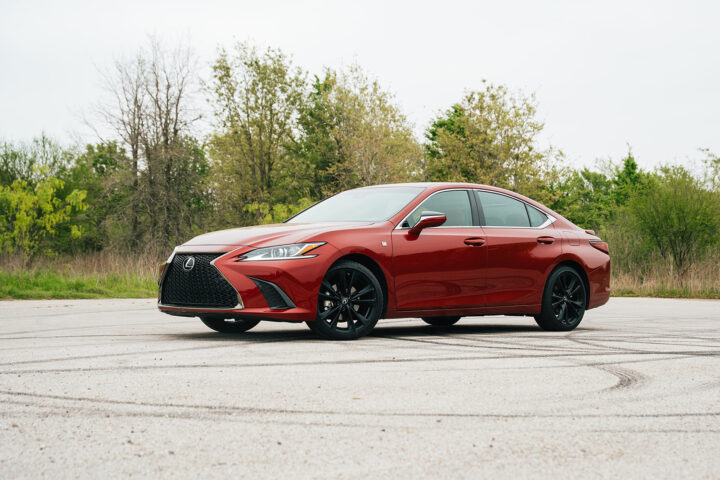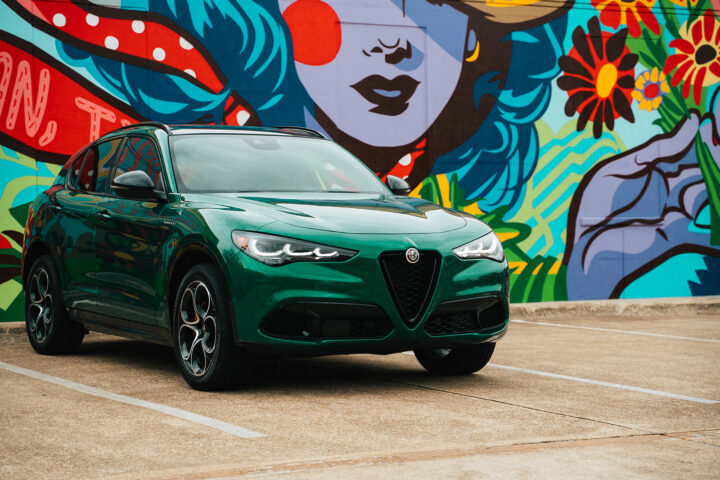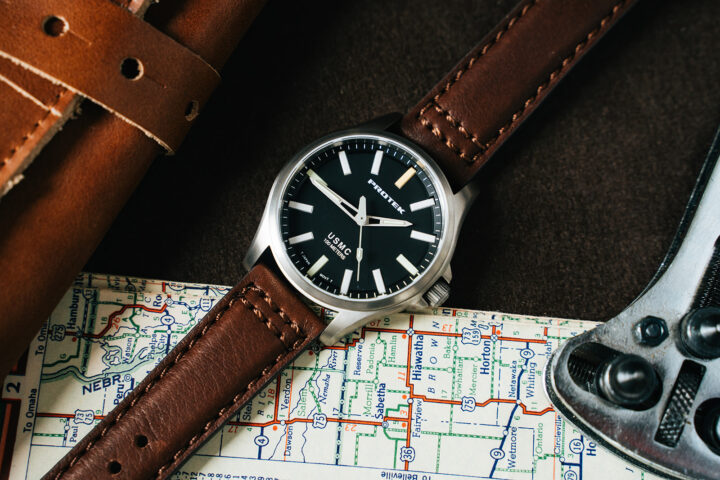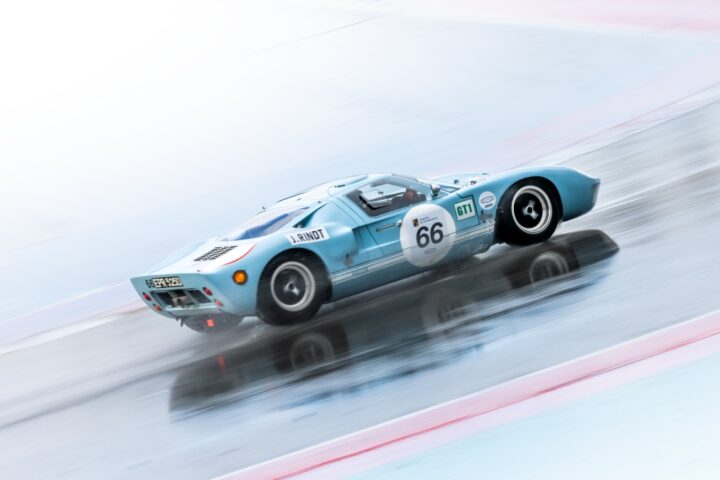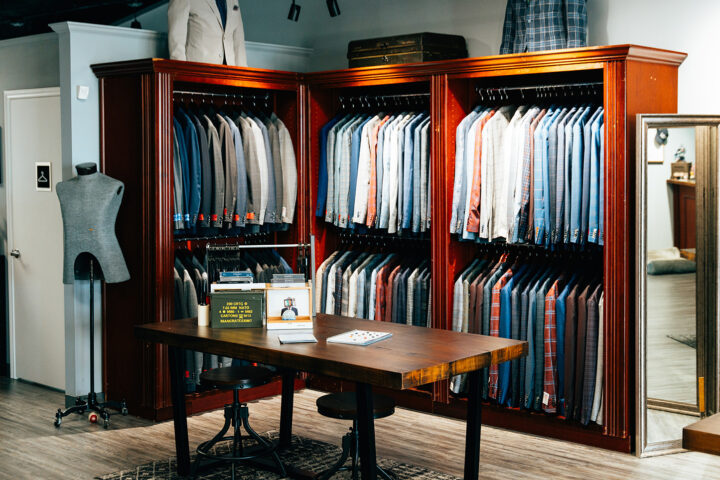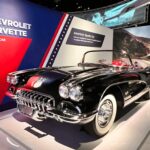Designed as a military vehicle for World War II, the Power Wagon gained a reputation as one of the most unstoppable four-wheel-drive trucks ever produced. Dodge produced the original utilitarian Power Wagons from 1945 to 1980, slowly evolving from a barebones open-cab military truck into a more traditional pickup. Even by late 1970s standards, the Power Wagon was about getting the job done and far from luxurious.
Dodge revived its name in 2005 with the Dodge Ram 2500 Power Wagon, a special off-road version of the standard truck with electronically controlled locking differentials, Bilstein Shocks, off-road tires, and other features. The Power Wagon was back and it was much more civilized. The Power Wagon would stay in production after RAM became its own brand in 2009, and it would shift more upmarket; after 2009, the 6-speed manual transmission was gone, as the choice of regular, extended, or crew cab. Today the Power Wagon is a standalone trim level, available only with the 6.4-liter HEMI V8, 8 Speed Automatic Transmission, in a four-door crew cab, it is also packed with modern luxury and technology.
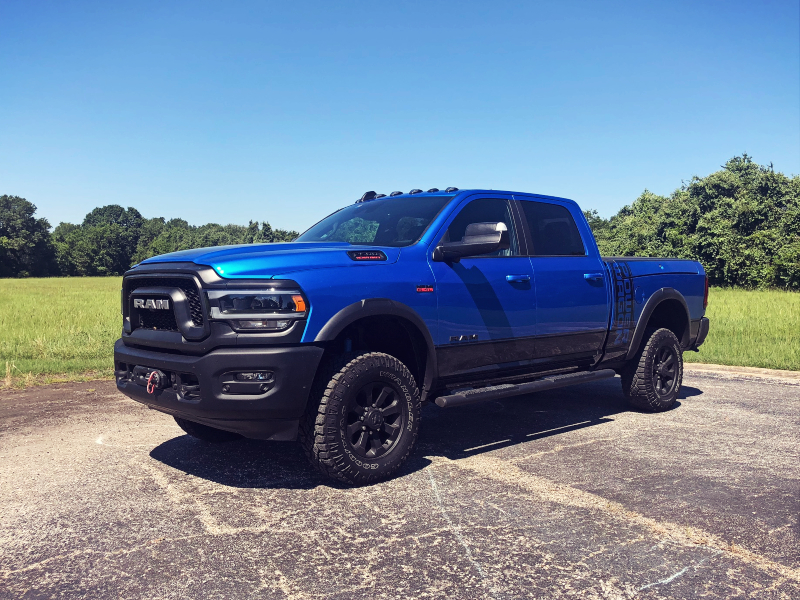
While I am making the roughly 120-mile drive from Bryan to Kempner in the new Power Wagon, I have to admit that the luxuries are nice, ventilated seats, Apple CarPlay, and an amazing sound system, which make the long drives on a hot Texas summer day, a lot more comfortable. This same trip in a WDX Power Wagon would be an adventure, but it would also be taxing. RAM has done an amazing job blending off-road capability and ruggedness with modern luxury to make a truck that can do it all. This truck in Blue Streak Pearl-Coast and Diamond Black Crystal looks sharp, but all that technology and good looks come at a cost. With an MSRP of just over $68,000, the Power Wagon is as far from being a utilitarian work truck as possible.
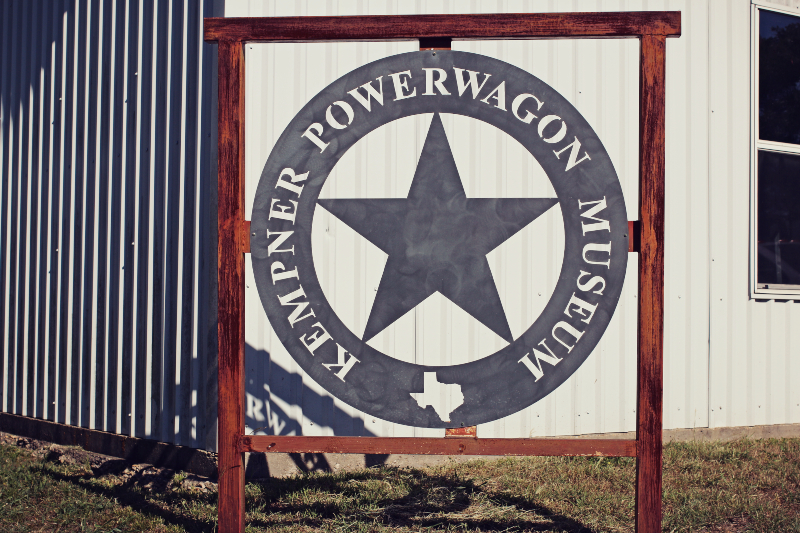
Based on the website for the Power Wagon Museum, I didn’t really know what to expect. Online, there are several images of classic Power Wagons and a wealth of information on the history of the military series trucks and civilian Power Wagons. The collection ranges from a 1942 WC-6 all the way up to a 2005 Power Wagon that was special ordered by Paul Cook, the founder of the museum, they even have a rare WC-6 Command Car. The museum is a large steel building situated on the corner of Cook’s property, inside of trucks that are in various stages of restoration or preservation. Tucked way in the back corner is Paul’s office, where he has amassed one of the largest collections of original documents, photos, advertisements, toys, promotional products, and other Power Wagon-related collectibles.
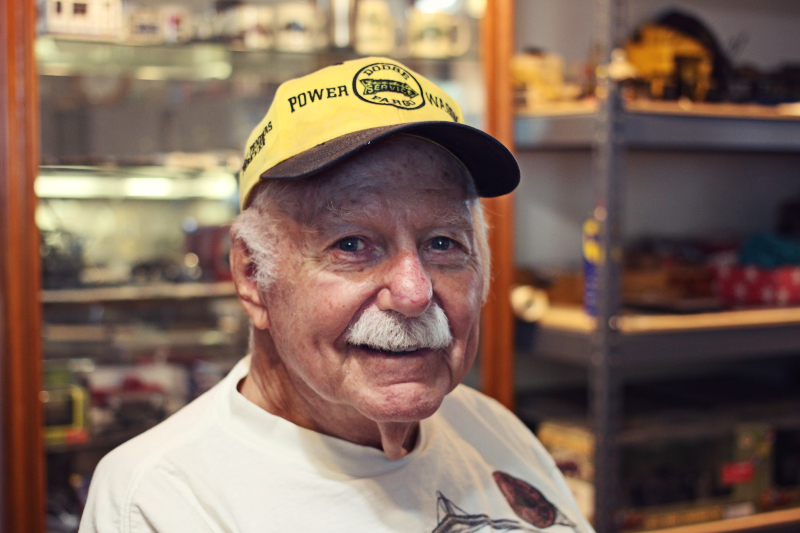
| Paul Cook, Texas Power Wagon Museum Founder |
While the trucks inside the building, which is more like a working restoration shop, are cool, I found the most interesting trucks parked outside in the museum’s sprawling boneyard. While many of the trucks are used for spare parts, several are simply waiting for their turn to be restored. From 6X6 military open cabs to later model civilian Power Wagons and even other classic Dodge and Plymouth vehicles, around each corner, you find more cool classic trucks.
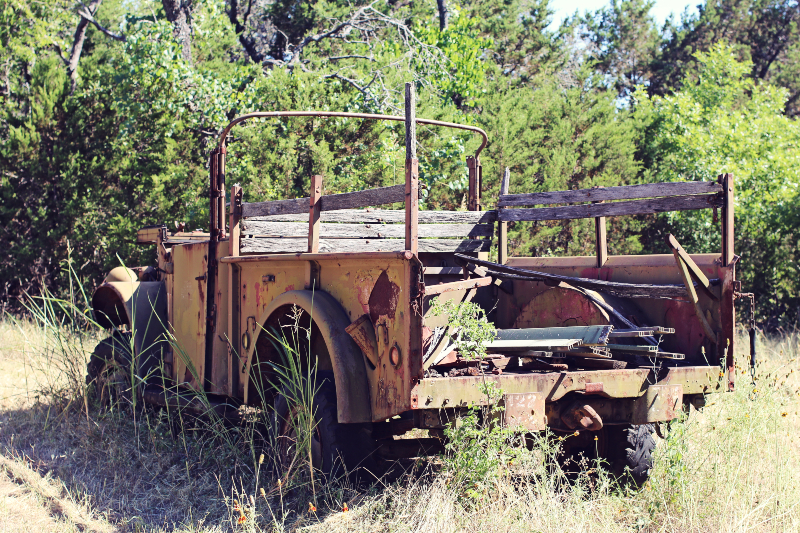
The passion for Power Wagons started when Steven, Paul’s son, bought an old Power Wagon while he was a student at Texas A&M University. As a member of the Corps of Cadets, Steven painted his Power Wagon in olive drab and added some A&M inspired military marking, his truck would be sued to tow “The Spirit of ’02” a 3-inch M1902 field artillery gun in the parade and on to the football field for home games. Eventually, the A&M Power Wagon would be retired as Steven graduated and served in the US Army. The truck is still in the collection and is one of the many waiting to be restored. Paul started buying up Power Wagons in the 80s and the collection grew into what is currently at the museum today.
The museum is open by appointment and attracts visitors from around the world. Steven and Paul are working to get as much of the documents and information they have online as possible. Paul hopes that the museum archives can be a resource for those doing research or restoration. To learn more about the collection or schedule your own trip, visit TexasPowerWagon.com.
Enjoy more photos of the Texas Power Wagon Museum below:
